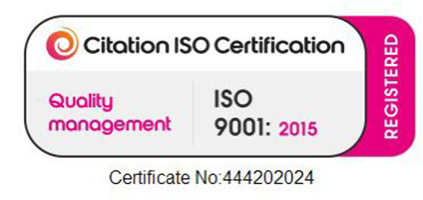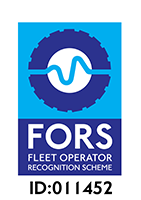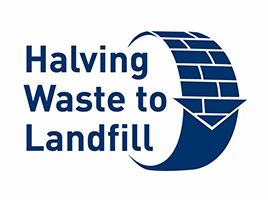When it comes to recycling there are two main processes that materials can go through which are ‘Closed Loop’ and ‘Open Loop’ recycling. We have explained both and why closed loop recycling is so important in today’s society.
Open Loop Recycling
The materials collected for recycling are then converted into both new raw materials and waste product. The result is often a material of lower quality that cannot be recycled again, therefore ending the loop. The raw materials as a result of open loop recycling often need to be mixed with more primary materials and treated with processes including heat, chemical or physical crushing. Products produced from open loop recycling are usually something completely different than their original purpose.
Closed Loop Recycling
Materials are collected for recycling and then turned into something new which is usually something similar to the product it started
out as. Closed loop recycling is suitable for materials that don’t lose any of their quality during the recycling process such as aluminium, glass and some types of plastic. These high-quality materials can be recycled again and again.
A good example of closed loop recycling is aluminium cans.
- Cans are collected along with other
recyclables and taken to a waste transfer station or materials recovery facility (MRF) for sorting.
- The aluminium is then compressed into bales and taken to a reprocessing plant for shredding, de coating, melting and casting.
- It is then transported in large ingots to a rolling mill where it is rolled into large aluminium sheets.
- These sheets can then be used to make more cans and the whole process can start
We have been recycling aluminium for around 100 years and 75% of all the aluminium ever made is still in use today!
How is plastic used in Closed Loop recycling?
It is no secret that plastic is the worst offender for waste build up. Plastics take 100’s of years to decompose causing a significant impact on our landfill sites. Thankfully we have come along way in the last few years and now many plastics can be fully recycled.
Haulaway has recently started working with Van Wervan, one of Europe’s largest companies for recycling plastics. They turn plastics into a high quality, secondary raw material that can serve as a substitute for the primary material. Here’s how:
- Once the plastic waste has been collected it is taken to one of Van Wervan’s plants where it is manually sorted.
- It is then shredded, washed and mechanically
- The clean plastics are then sent for lab testing and analysing where they undergo sink-float methods and infrared sorting techniques.
- The end result is ground plastics that are
bagged up and ready to be sent to manufacturing companies to be made into high quality products. The recycling process can then start again.
Why is closed loop recycling so important?
- It saves space in landfill sites for materials that cannot be
- It reduces pollution. Creating materials from primary resources is far more labour intensive and produces more emissions than the process involved in producing secondary raw materials.
- Less need for raw materials means preservation of natural resources and less risk of harm to the environment, including its wildlife.






